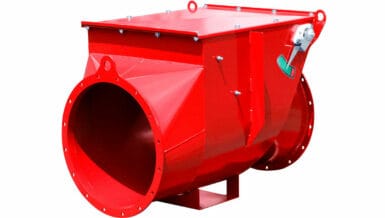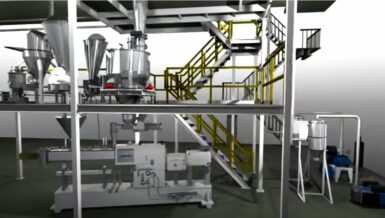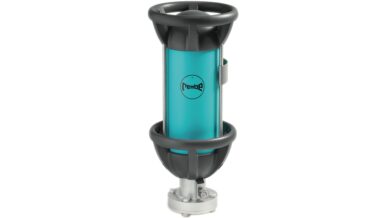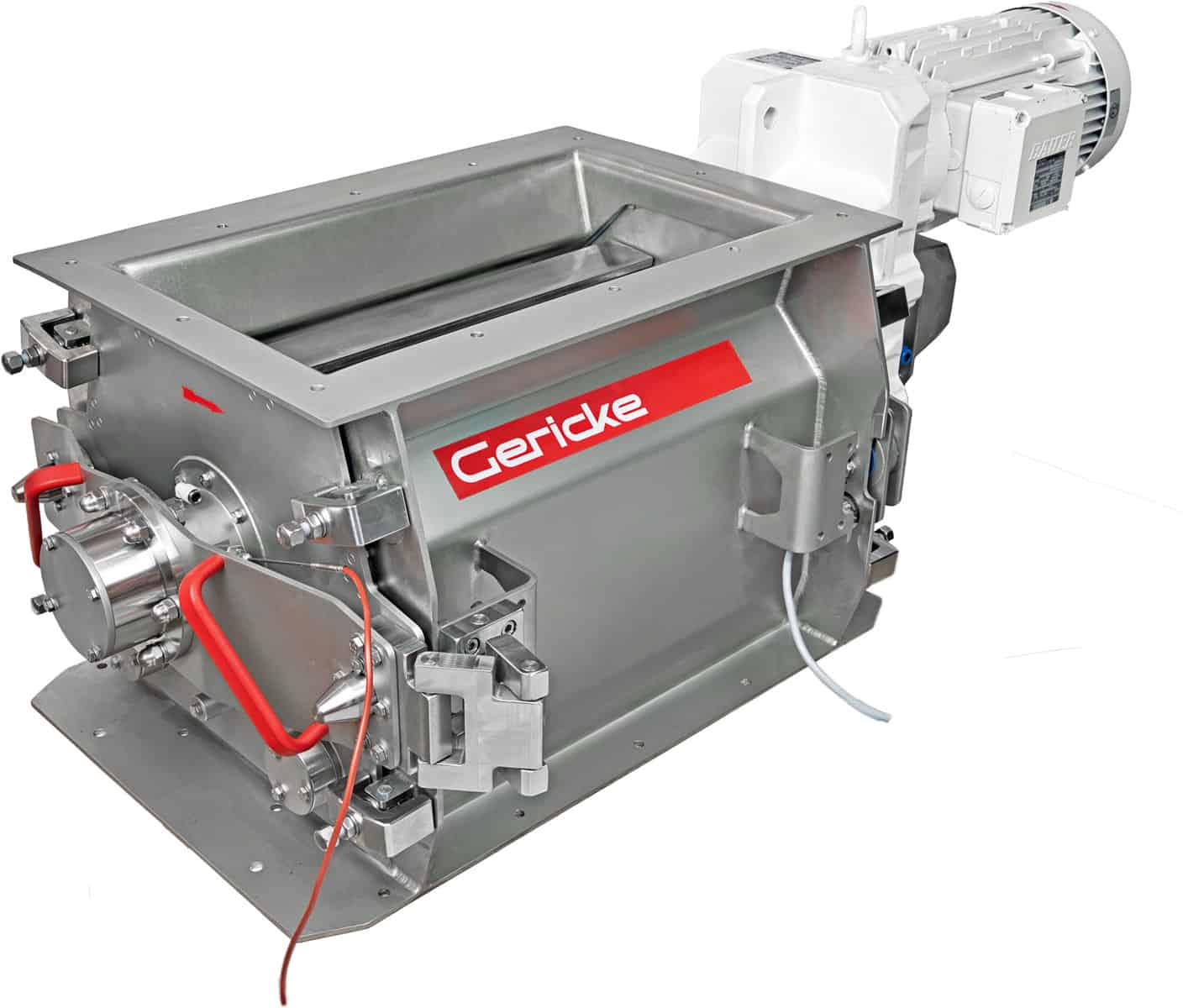Because of their specific operation or properties, this equipment is much more sensitive to the phenomenon of dust and gas explosions. However, the link between the specific operation of certain equipment and the associated increased explosion risks is often not well understood. It was therefore decided to write a series of short articles discussing this equipment2. The topics covered are:
- Dust extractors and filters
- Bucket elevators
- Storage silos
- Dryers
This is the first article in this series, it covers: Dust extraction and dust filters.
Function and operation
It has long been known that dust has a huge impact on health. Eye irritations, coughing, sneezing, hay fever and asthma are very recognisable consequences of overexposure to dust. But less acute consequences, such as nasal and lung cancers due to wood dust, for example, are also the raison d’être of dust extraction systems. Besides health effects, preventing dust deposits in a production hall also has an explosion-risk reduction effect.
The underlying idea is as follows: by extracting the dust at the source of its generation, one tries to minimise exposure to the employee. For this purpose, a powerful airflow is applied, generated by a strong fan. This fan pulls the airflow containing dust through a filter medium, which stops the dust and discharges the purified air into the environment.
Dust is periodically removed from the filter medium, usually by applying a pulse of compressed air. This causes the blown-off dust to fall to the bottom of the filter housing, to be collected. From here, it can then be disposed of or reprocessed.
Intrinsic danger
In practice, during cleaning of the filter sleeves, only the coarser particles fall down directly, and the finest particles remain suspended around the sleeves. When the compressed air pulse ends, these are simply drawn back against the filter medium. Over time, an opconcentration of the finest particles is thus obtained.
However, it is precisely this opconcentration of the very finest particles that makes a filter so dangerous. Anyone who has ever tried to light a solid block of wood with a simple lighter knows that it will not work. If you reduce the log to sawdust, it does work: The ignition source is not powerful enough to ignite the “particle” in the first case, but it does in the second case. If an even much finer particle size is obtained, the required ignition energy becomes lower and lower, and more and more ignition sources become dangerous. For very fine dust, even electrostatic discharges start to play a role!
Moreover, a filter does exactly what is always advised against doing with dust: Swirling it up into a (potentially explosive) dust-air mixture, and this takes place during each cleaning pulse.
A filter system, for example in a joinery shop, often extracts in places where an ignition source can be formed. (For example, on a fast-rotating saw blade) If an ignition source, such as a glowing particle, reaches the filter, it will not be extinguished due to the high air flow. Worse still, it will even give rise to an incipient smouldering fire at the level of the filter medium. During subsequent compressed air cleaning, this will ignite the formed dust cloud, forming a dust explosion. Due to the presence of large amounts of dust in such a filter housing, the internal pressure can quickly rise to several bars. This will lead to catastrophic failure of the filter, often with disastrous consequences. An additional risk is burning out of the filter.
In addition, a filter is often not assigned to a single extraction point, but different extraction channels arrive at the same filter. In case of an explosion in the filter, the filter is overpressurised and the flame front can move in countercurrent direction towards the various extraction points, causing damage to people and equipment there as well. While this installation was precisely put there to reduce the health effects of dust.
How to deal with this now?
The first step in a safe installation is, of course, good (process) design. Merely buying an ATEX-certified filter is insufficient. This certificate only shows that the filter SELF does not produce ignition sources. However, as shown above, the greatest danger lies in the entry of an ignition source from outside, and even these cannot always be 100% avoided.
If possible, a filter is best placed outside the plant hall, and fitted with rupture discs. These rupture discs will greatly reduce the resulting explosion pressure, and direct the effects such as the flame jet in a safe and controlled manner. Explosion-resistant non-return valves should be used to prevent flashback in the extraction lines. To prevent flashback through the product outlet, an explosion-resistant rotary valve is used.
The clean air outlet of the filter also needs attention: only if it exits at a safe location and if the fan can withstand the reduced explosion pressure does this outlet not need protection. If one of these conditions is not met, this flow also needs an isolation measure. A Ventex valve is a common isolation measure in the clean air outlet of a filter.
Of course, all these security measures are accompanied by correct preventive maintenance and regular checks of the critical parts of the filter.









































